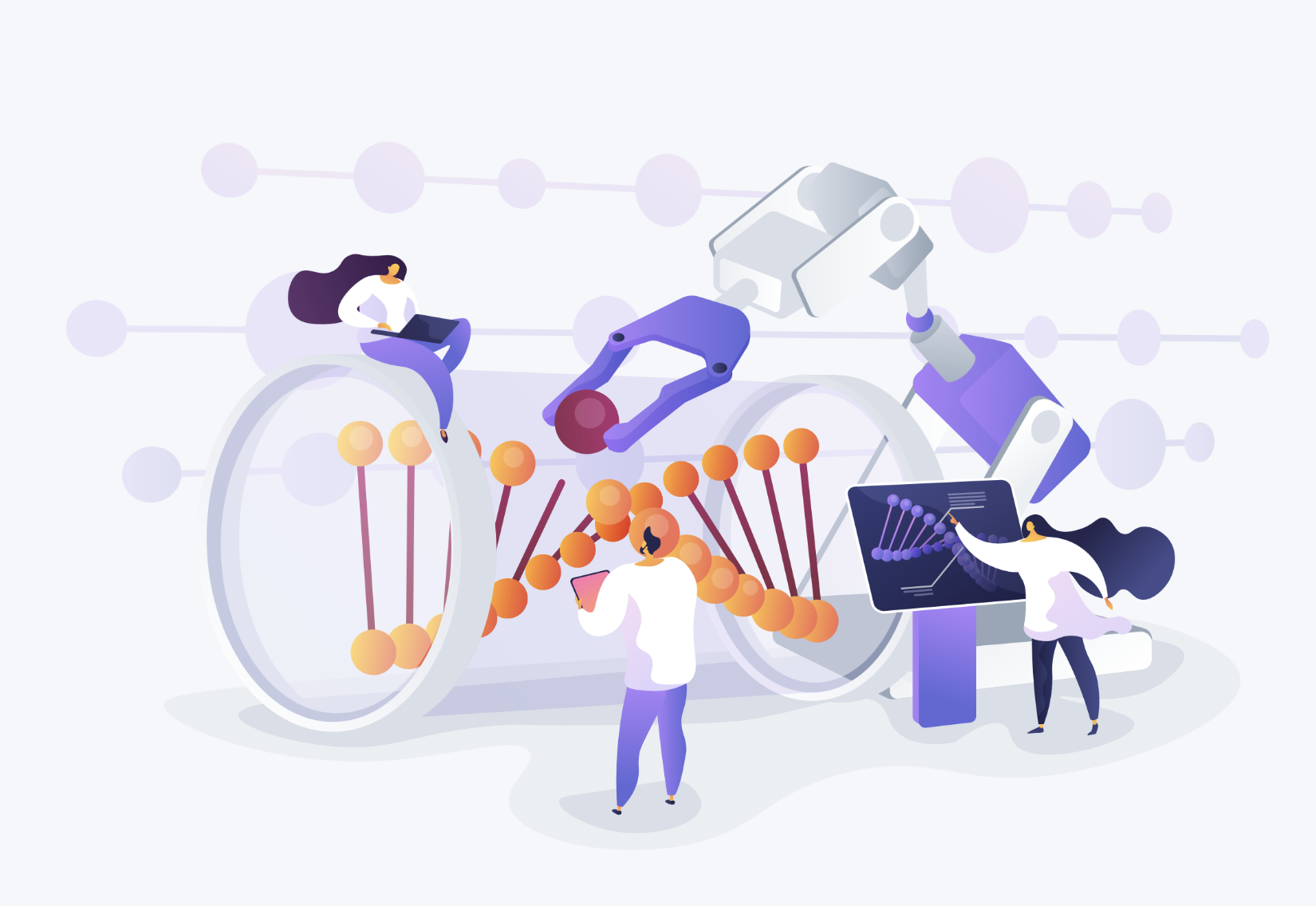 On average, developing a new drug takes 12 years and costs $2.6 billion, with 9 out of 10 drugs entering clinical trials failing to enter the market.1 While digital technology and big data have led to paradigm shifts in other sectors (think Netflix, Uber, and Amazon), the biopharmaceutical industry has been considered a laggard on the digital integration front. As a whole, the industry ranks among the bottom third and represents a $100 billion opportunity according to McKinsey analysts.2 Big data and advanced analytics are now beginning to revolutionize many aspects of drug development, including research and early development, next generation clinical operations, regulatory and medical applications, and pharmacovigilance strategies.
On average, developing a new drug takes 12 years and costs $2.6 billion, with 9 out of 10 drugs entering clinical trials failing to enter the market.1 While digital technology and big data have led to paradigm shifts in other sectors (think Netflix, Uber, and Amazon), the biopharmaceutical industry has been considered a laggard on the digital integration front. As a whole, the industry ranks among the bottom third and represents a $100 billion opportunity according to McKinsey analysts.2 Big data and advanced analytics are now beginning to revolutionize many aspects of drug development, including research and early development, next generation clinical operations, regulatory and medical applications, and pharmacovigilance strategies.
At the drug discovery stage, artificial intelligence (AI)/data driven approaches can analyze and find patterns in the entire constellation of data generated from omics approaches (e.g., transcriptomics, proteomics, metabolomics). For example, genome-wide association studies can reveal cancer- and other disease-related genes within the entire human genome (~ 20,000 genes). Targeted sequencing can then spotlight the particularities of the mutation, and that information can then be taken into account during drug compound engineering. The molecular structure of new compounds can subsequently be computationally modeled in silico to predict known properties important to drug efficacy and safety, increasing the probability that a compound can achieve a desirable pharmacological effect through the defined target and mechanism. Automated robotic screens can then evaluate thousands of compounds against hundreds of different human tumor cell lines to test the efficacy of an anti-cancer drug.3 Lastly, AI can generate new, potentially therapeutic approaches by classifying drug respondent/resistant genes in those cell lines that can then serve as biomarkers in future non-clinical and clinical studies.
At the clinical trial stage, adoption of digital technologies provides opportunities to increase cost efficiency and accelerate timelines. For example, a 2014 report from the U.S. Department of Health and Human Services estimated that wider adoption of mobile technologies and electronic data reduced the cost of clinical trials by an average of 11% ($3.9 million) and shortened the study duration by 17.6%.4 Moreover, mobile technologies, wearables and ingestible sensor drugs are expected to further reduce the cost burden and improve outcomes by optimizing data capture and potentially improving medication adherence. For example, in 2017, the FDA approved Abilify with an ingestible sensor, with the goal of enabling patients and providers to track when the medication has been taken.5
Once new drugs enter the post-marketing stage, electronic health records (EHR’s) can be mined to determine patterns in drug interactions and potentially serve as foundations for drug repurposing recommendations. Researchers, employing text mining algorithms to analyze millions of EHR’s, have been able to identify potential drug interactions and side effects. By using this approach, researchers found that drug safety alerts could be detected earlier.6 Analyzing EHR’s coupled with post-marketing surveillance have led to tangible outcomes. For example, the U.S. Preventative Services Task Force now recommends low-dose Aspirin (traditionally used as an analgesic) to prevent colorectal cancer as of 2015.7
Nevertheless, significant challenges still exist in the adoption of digital technologies: 41% of scientists were unfamiliar with the role of AI (more accurately referred to as data and predictive modeling) in drug discovery8 and the estimated adoption of electronic data in clinical trials was only 50% as of 2014. Furthermore, wearables and other IoT connected devices face technical, ethical and regulatory hurdles – including questions about data processing, ownership/security and validation.9
However, with an increasingly steady drum beat of digitization, digital application literacy, and computational power, the trend is clearly towards more digital integration. Looking forward, digital technologies such as block chain have the potential to improve the security and efficiency of biopharmaceutical supply chains. Moreover, biotechnology start-ups with fully integrated AI driven drug discovery programs are on the rise to fill the gap (often in collaboration with big pharma) and are in position to capture some of the estimated $100 billion value over the course of the next decade.
For further inquiries please contact Sandy Farmer. https://
References
- DiMasi JA, Grabowski HG, Hansen RW. Innovation in the pharmaceutical industry: New estimates of R&D costs. J Health Econ. 2016;47:20-33. doi:10.1016/j.jhealeco.2016.01.012
- Chilukuri S, Fleming E, Westra A. Digital in R&D: The $100 billion opportunity. McKinsey & Company, December 2017, pgs 1-12.
- Jiang P, Sellers WR, Liu XS. Big Data Approaches for Modeling Response and Resistance to Cancer Drugs. Annual Review of Biomedical Data Science. 2018;(April):1-27.
- Sertkaya A, Birkenbach A, Berlind A, Eyraud J. Examination of Clinical Trial Costs and Barriers for Drug Development. U.S. Department of Health and Human Services. 2014.
- FDA approves pill with sensor that digitally tracks if patients have ingested their medication https://www.fda.gov/news-events/press-announcements/fda-approves-pill-sensor-digitally-tracks-if-patients-have-ingested-their-medication
- Lependu P, Iyer S V, Harpaz R, Mortensen JM, Podchiyska T, Ferris TA. Pharmacovigilance Using Clinical Notes. Clinical Pharmacology and Therapeutics. 2013;93(6): 547-555. doi:10.1038/clpt.2013.47
- Final Recommendation Statement. Aspirin Use to Prevent Cardiovascular Disease and Colorectal Cancer: Preventive Medication.<https://www.uspreventiveservicestaskforce.org/Page/Document/RecommendationStatementFinal/aspirin-to-prevent-cardiovascular-disease-and-cancer>.
- Smith S. 6 Things We Learned about Artificial Intelligence in Drug Discovery from 330 Scientists. 2014. <https://blog.benchsci.com/6-things-we-learned-about-artificial-intelligence-in-drug-discovery-from-330-scientists>
- Izmailova ES, Wagner JA, Perakslis ED. Wearable Devices in Clinical Trials : Hype and Hypothesis. Clinical Pharmacology & Therapeutics. 2018;104(1):42-52. doi:10.1002/cpt.966
